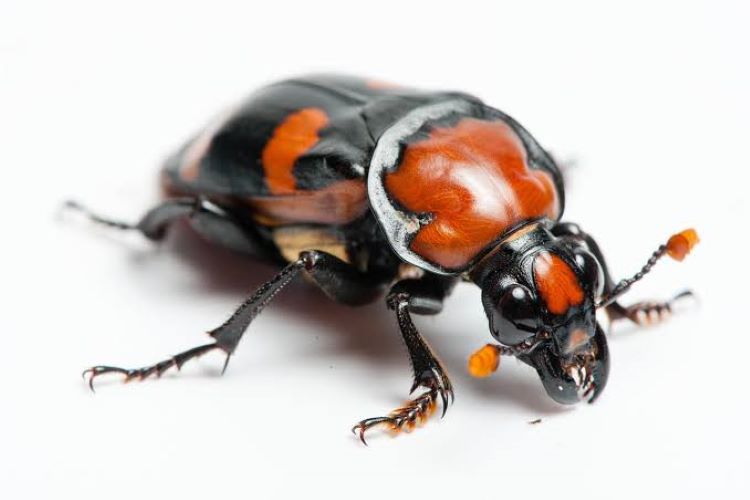Conservation Success for the American Burying Beetle

The American burying beetle, a large carrion-eating insect, has seen a resurgence in Nebraska, thanks to dedicated conservation efforts. Once widespread across North America, this species is now classified as threatened. Its population has dwindled to small pockets in just ten states. However, recent habitat restoration initiatives in Nebraska’s Loess Canyons grasslands have shown promising results. The increase in the beetle’s numbers highlights the importance of targeted conservation strategies in reversing the decline of endangered species.
Study Highlights Population Growth
A recent study published in *Biological Conservation* reveals encouraging data regarding the American burying beetle’s population in Nebraska. Researchers monitored the beetle’s numbers from 2007 to 2019, finding a notable 17 percent increase in the Loess Canyons. The Nebraska Game and Parks Commission conducted a sampling effort that involved baiting traps with laboratory rats. This method proved effective, as the study recorded an increase from 168 beetles in earlier years to 196 by the end of the monitoring period.
The findings underscore the significance of ongoing monitoring and research in understanding the dynamics of beetle populations. The increase in numbers is a positive sign, suggesting that conservation efforts are making a difference. This study serves as a reminder of the potential for recovery when appropriate measures are taken. It also highlights the need for continued support and funding for conservation programs aimed at protecting vulnerable species like the American burying beetle.
Preferred Habitat and Threats Identified
The research emphasizes the American burying beetle’s reliance on undisturbed grasslands for its survival. These beetles thrive in native grasslands that cover at least three-quarters of their habitat. Unfortunately, the encroachment of tree cover and the conversion of grasslands for agricultural use pose significant threats to their population. Even small changes in land use can lead to steep declines in beetle numbers.
Moist, tree-free soil is essential for the beetles to burrow and store food. The invasion of eastern red cedar trees is a major concern, as it disrupts their preferred habitat. The study highlights the need for habitat preservation and restoration to ensure the survival of this species. Understanding the specific habitat requirements of the American burying beetle is crucial for developing effective conservation strategies. Protecting these grasslands from further degradation is vital for the beetle’s long-term survival.
Fire Management Key to Success
Controlled burns have played a pivotal role in the resurgence of the American burying beetle in Nebraska. Over 100 local landowners have collaborated with the Nebraska Game and Parks Commission and other organizations to implement these fire management practices. These controlled burns help restore grassland ecosystems by limiting the spread of invasive red cedar trees.
Thomas Walker, a wildlife biologist with the commission, notes that these measures have created diverse habitats that benefit various wildlife species. The restoration of grasslands through fire management not only supports the beetle population but also enhances the overall biodiversity of the region. This collaborative approach demonstrates how community involvement can lead to successful conservation outcomes. The positive impact of these efforts highlights the importance of sustainable land management practices in preserving vulnerable species.
Conservation Through Collaboration
The recovery of the American burying beetle in Nebraska showcases the power of community-led conservation initiatives. Caleb Roberts, a research ecologist with the U.S. Geological Survey, points out that large-scale recoveries for smaller species are rare. The efforts in Nebraska serve as a model for how collaborative conservation can yield measurable results in preserving biodiversity.
Community engagement is crucial in these conservation efforts. Local landowners, researchers, and organizations have come together to create a supportive network for the beetle’s recovery. This collaboration not only fosters a sense of ownership among community members but also raises awareness about the importance of protecting endangered species. The success of the American burying beetle in Nebraska is a testament to what can be achieved when individuals and organizations work together toward a common goal. It serves as an inspiring example for other regions facing similar challenges in wildlife conservation.
Observer Voice is the one stop site for National, International news, Sports, Editor’s Choice, Art/culture contents, Quotes and much more. We also cover historical contents. Historical contents includes World History, Indian History, and what happened today. The website also covers Entertainment across the India and World.
Follow Us on Twitter, Instagram, Facebook, & LinkedIn

